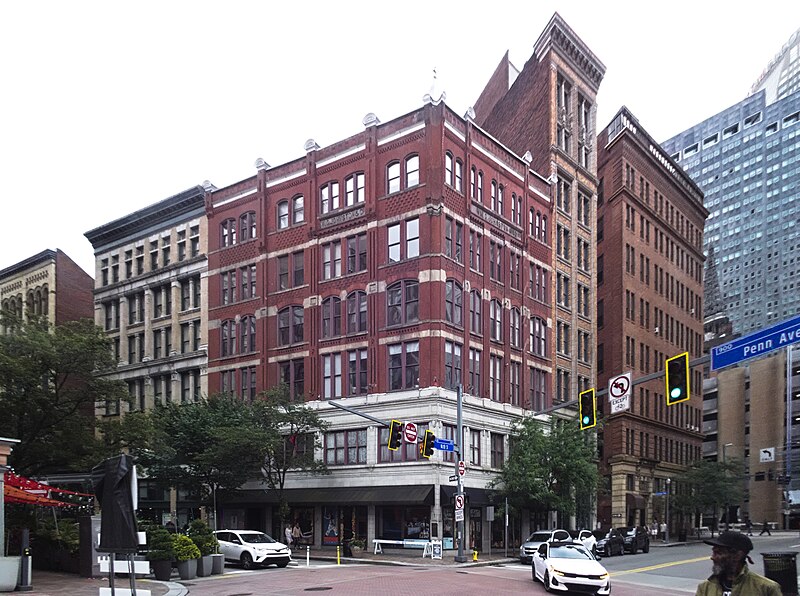
Most of us walk right by this building without giving it much thought, but it stands for a momentous transition in the history of the city. According to the Pittsburgh History and Landmarks Foundation, it is probably the last building constructed as a single-family house in downtown Pittsburgh.
Pittsburgh began in the small triangle that is downtown today, and through the first half of the 1800s, a large part of the population remained within those limits. The city was a warren of narrow streets and narrower alleys where little houses crowded with stores and workshops. After the Civil War, though, the land downtown simply became too valuable to build houses on. The family who built this Italianate house on Penn Avenue, where a number of well-to-do families still lived, could not have guessed that they would be the last to build a house in the Triangle, but they would certainly have been aware that the city was changing rapidly.

The Italianate details need a bit of polishing up, but they are still well preserved.















